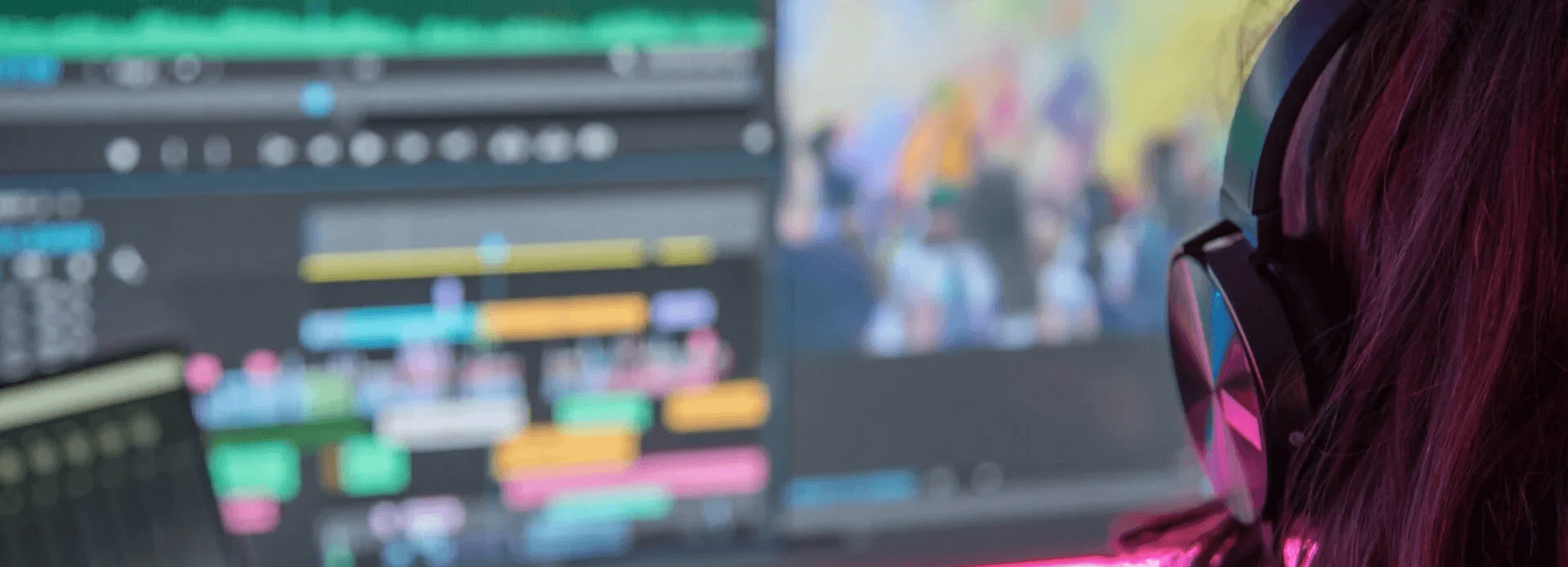The Three Stages of Video Production Explained
Proper planning and balance across the three stages of video production make all the difference between smooth projects and chaotic ones. Skip or rush any stage, and problems compound. Handle them well, and even modest projects feel professional.
Whether filming with a smartphone or a full crew, these stages form the backbone of every successful video. Think of them like building a house: pre-production designs the blueprint, production lays the foundation and walls, post-production adds the finishing touches that make it inviting.
This guide walks through each stage with practical tips to apply them confidently.
Overview: The Three Essential Stages
Every video follows the same core process:
Pre-production: Planning and preparation
Production: Filming and capture
Post-production: Editing and polish
A common time split that works well for many projects is around 40% pre-production, 30% production, and 30% post-production. These percentages flex depending on complexity, but they keep things balanced.
Stage 1: Pre-production – Your Blueprint for Success
Pre-production is where most projects succeed or fail. This planning phase covers everything before the camera rolls. Many beginners underestimate it, but thorough preparation saves time, money, and stress later.
Start by defining goals and audience. Write a clear script and create a storyboard to visualise the flow. Tools like Canva can generate quick storyboards from scripts, which speeds things up considerably.
Scout locations, cast talent if needed, and plan the shot list in detail. Think about audio early. Royalty-free music from sites like Epidemic Sound or Pixabay sets the mood from the outset.
B-roll planning deserves special attention. Footage that builds emotional connection helps viewers feel the story, not just watch it. Build buffers into the schedule for unexpected delays.
Key activities in pre-production:
Define goals and target audience
Write scripts and create storyboards
Scout locations and arrange permissions
Cast talent and schedule participants
Plan shot lists and B-roll for emotional depth
Source music and prepare equipment lists
Stage 2: Production – Capturing the Magic
Production is the exciting phase where filming happens. Pre-production work now guides every decision on set.
Follow the storyboard to capture main shots. Set up lighting that flatters subjects, frame compositions thoughtfully, and prioritise clean audio. Attention to colour during filming carries through to editing and influences mood.
If the project includes interviews, choosing engaging contributors brings authenticity. Overshoot B-roll generously. Extra coverage gives flexibility later. Stock libraries like Storyblocks or Pexels can fill gaps if needed.
Always carry spares: batteries, memory cards, microphones. Simple oversights here can derail a shoot.
Key activities in production:
Follow storyboards for main shots
Set up lighting, framing, and audio
Capture interviews and primary footage
Film plenty of B-roll for flexibility
Use additional tools like drones for dynamic angles if suitable
The second image illustrates the energy and focus of the production stage.
Stage 3: Post-production – Turning Raw Footage into Gold
Post-production transforms captured material into a cohesive, polished video. This stage often takes as much care as the others combined.
Begin with a rough cut to assemble the story. Add graphics, titles, and transitions. Apply colour correction to unify the look and enhance mood. Layer sound design, music, and voice-over for immersion.
Review multiple times, ideally with fresh eyes or feedback. Small tweaks here elevate the entire piece.
Key activities in post-production:
Create rough cut and refine pacing
Add graphics, titles, and effects
Colour grade for consistent mood
Mix audio, music, and sound design
Final review and adjustments
The third image shows the editing process that brings everything together.
Coffee Chronicles A Real-World Example
To see how the three stages connect in practice, consider a documentary-style project called Coffee Chronicles. It follows coffee beans from a small farm in Colombia to a popular café in New York City, combining interviews with farmers and café owners, B-roll from the farm and roasting process, and atmospheric shots of the bustling café.
A balanced time split for this type of project is around 40% pre-production, 30% production, and 30% post-production. Here is how the effort typically breaks down:
Pre-production (40% of total time)
Research and planning (10%): Research the coffee journey, understand the process, and set the vision.
Location scouting and permissions (5%): Visit potential sites and secure shooting approvals, especially across countries.
Storyboarding and scripting (10%): Craft the narrative, plan interview questions and B-roll shots (tools like Canva’s Magic Studio help create quick visuals).
Casting and audio strategy (5%): Choose interviewees, plan voice-overs if needed, and select background music from sites like Epidemic Sound.
Production (30% of total time)
On-location shooting in Colombia (10%): Capture farm scenes, interview the farmer, and film initial processing.
Roastery scenes (5%): Document machinery, workers, and the roasting process.
NYC café scenes (5%): Film the final product, interview owners and customers, and capture café ambiance.
Post-production (30% of total time)
Initial editing (10%): Review footage, select best shots, and create a rough cut.
Graphics and enhancements (10%): Add titles, transitions, colour correction, and effects.
Sound design and music integration (5%): Layer ambient sounds, voice-overs, and selected music.
Final review and tweaks (5%): Watch the full piece, make adjustments, and gather feedback.
This example shows how careful allocation across the stages creates a cohesive final video. The percentages are flexible guides that suit many beginner and intermediate projects.
Final Tips for Success
Allocate time thoughtfully across stages. Pre-production prevents costly fixes later. Production requires focus and flexibility. Post-production demands patience for polish.
Test everything on the intended viewing devices. What looks great on a large screen may need adjustment for mobile.
Ready to plan the next video project with confidence? Start with strong pre-production and watch the results improve. Need hands-on support or feedback on a timeline? Explore the workshops or get in touch for personalised guidance.





